20 Foods That Can Unexpectedly Kill Your Pet
Pet owners cherish their furry friends and often enjoy sharing their lives and sometimes their meals with them. However, what’s tasty and harmless to humans can be dangerously toxic to pets. Here’s a list of “20 Foods That Can Unexpectedly Kill Your Pet” to help you keep your beloved companions safe.
Chocolate: A Hidden Danger

Credit: iStockphoto
The allure of chocolate hides a sinister truth for our furry friends, with theobromine acting as a potent toxin for dogs and cats, risking serious heart and nervous system issues.
Xylitol’s Deceptive Threat
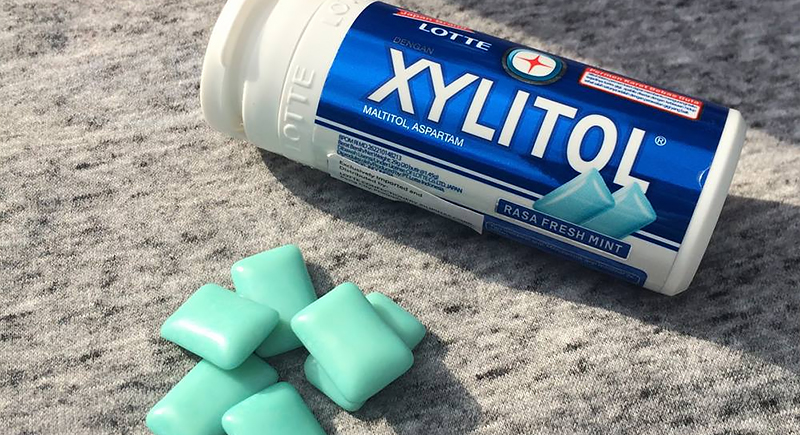
Credit: Facebook
Commonly found in sugar-free delights, xylitol masquerades as a sweet treat, only to unleash havoc on pets’ insulin levels, leading to potentially fatal liver failure.
Grapes and Raisins: Small but Deadly

Credit: iStockphoto
These seemingly harmless snacks harbor a mysterious toxin that can ambush a dog’s kidneys, leading to sudden and severe kidney failure.
Onions and Garlic: Culinary Culprits
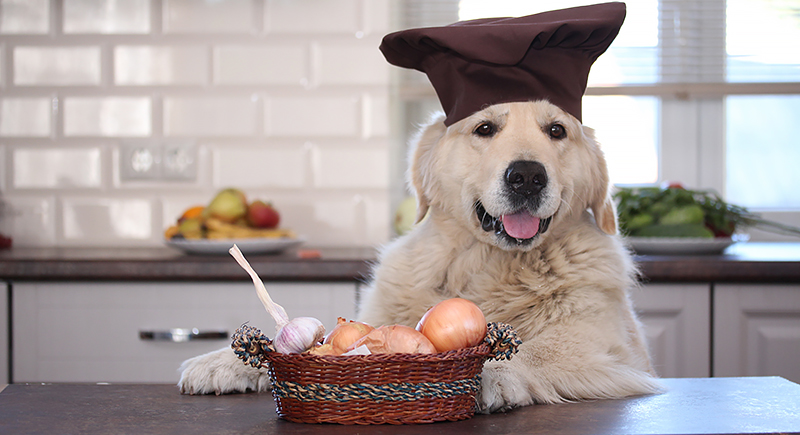
Credit: iStockphoto
A staple in human cuisine, these flavorful ingredients wreak havoc on pets’ red blood cells, causing life-threatening anemia.
Alcohol: Not a Cheerful Buzz
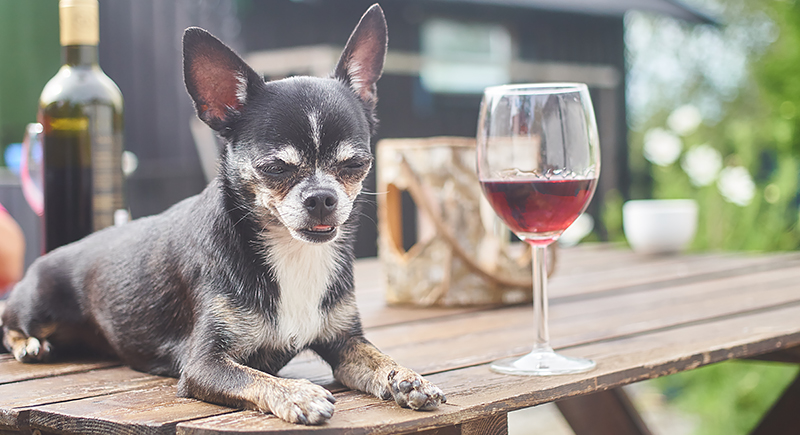
Credit: iStockphoto
In pets, what starts as a minor sip can quickly spiral into a dire situation, with alcohol poisoning their delicate systems, leading to emergencies.
Coffee and Caffeine: Brewing Trouble

Credit: iStockphoto
A morning ritual for many can become a nightmare for pets, as caffeine stimulates their systems to dangerous levels, causing heart palpitations and seizures.
Macadamia Nuts: A Crunchy Hazard

Credit: iStockphoto
These nuts pack a toxic punch for dogs, triggering weakness, depression, vomiting, and hyperthermia, making them a snack to definitely avoid.
Avocado: A Creamy Peril

Credit: iStockphoto
While avocados are a superfood for humans, their Persin content can cause gastrointestinal distress in pets, with birds and rodents being especially sensitive.
Raw Dough: Rising Risks

Credit: iStockphoto
The yeast in raw dough isn’t just for baking bread; it’s a ticking time bomb in pets, expanding in their stomachs and potentially leading to deadly blockages.
Salt: A Grain of Danger
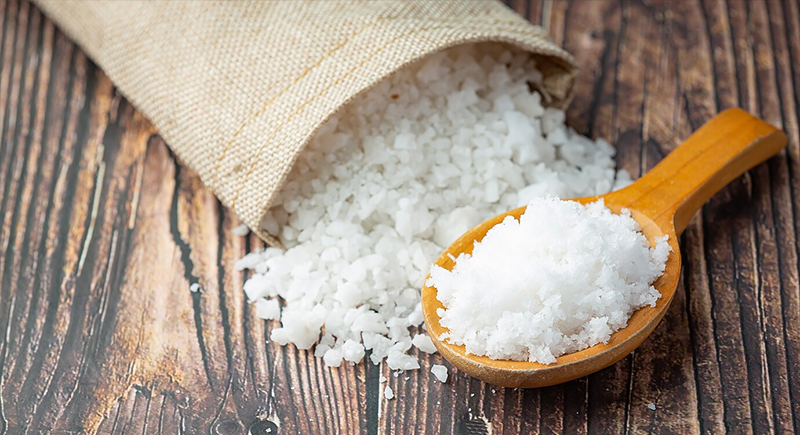
Credit: freepik
Essential for humans but perilous in excess for pets, salt can lead to dehydration and sodium ion poisoning, showcasing the fine line between nutrients and toxins.
Gum and Candy: Sweet Snares

Credit: iStockphoto
Beyond the obvious xylitol threat, these sugary substances can become gastrointestinal nightmares, proving that not all treats are pet-friendly.
Peaches and Plums: Pitfalls of Pits
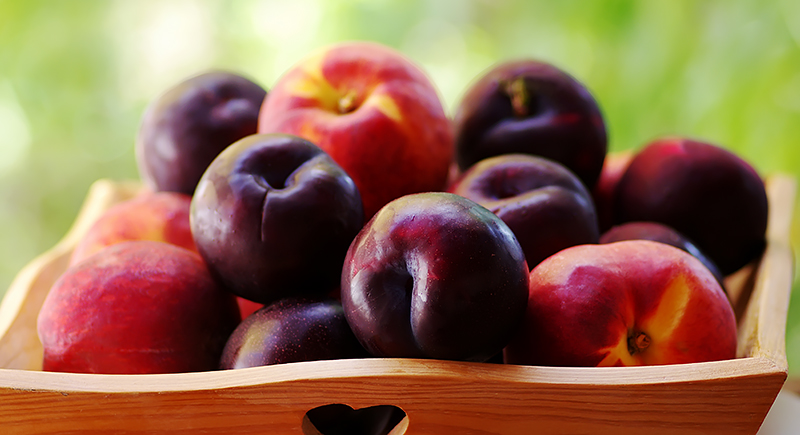
Credit: iStockphoto
The hidden danger in these juicy fruits lies in their pits, which pose choking hazards and contain toxic cyanide, a double threat to pets.
Raw Meat and Eggs: A Bacterial Roulette

Credit: iStockphoto
Opting for a natural diet can expose pets to harmful bacteria like Salmonella, turning a well-meaning meal into a health hazard.
Bones: A Splintering Concern
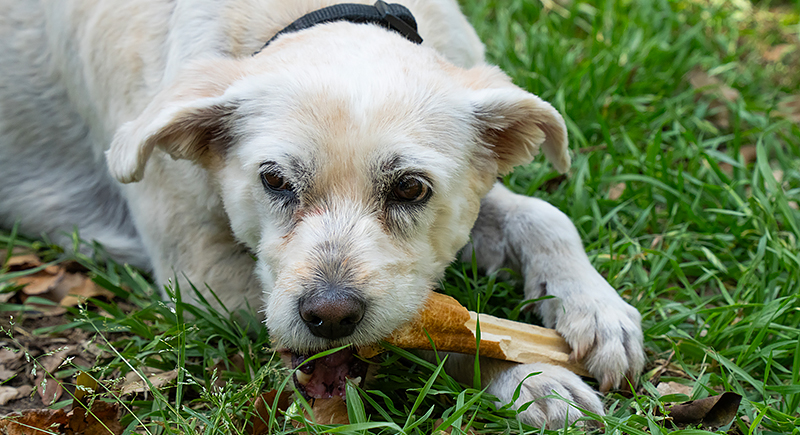
Credit: iStockphoto
The image of a dog with a bone hides a grim reality; bones can splinter and cause serious internal injuries, challenging the idyllic picture.
Milk and Dairy: Lactose Intolerance

Credit: iStockphoto
Pets often lack the enzyme to properly digest lactose, turning a bowl of milk into a cause of discomfort and digestive upset.
Persimmons: Seeds of Trouble

Credit: freepik
These exotic fruits carry seeds that can inflame a pet’s intestines, illustrating that not all natural foods are safe for animal consumption.
Human Medications: Prescription for Danger
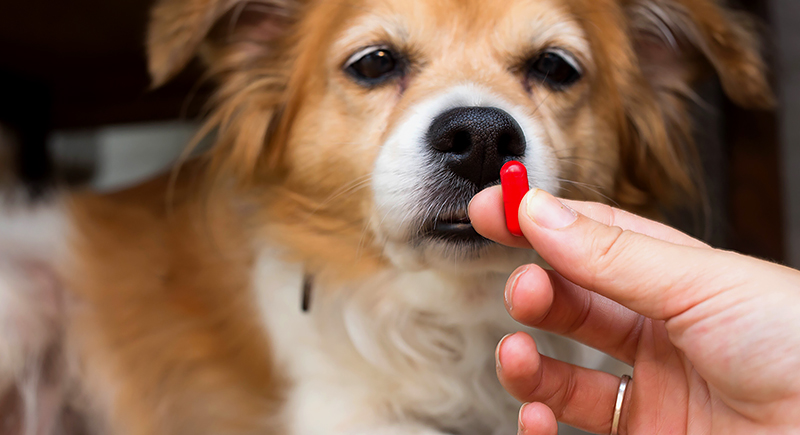
Credit: iStockphoto
Easily accessible but dangerously toxic, common medications can lead to lethal poisoning in pets, a stark reminder of the differing biology between species.
Cherries: Hidden Toxins Within
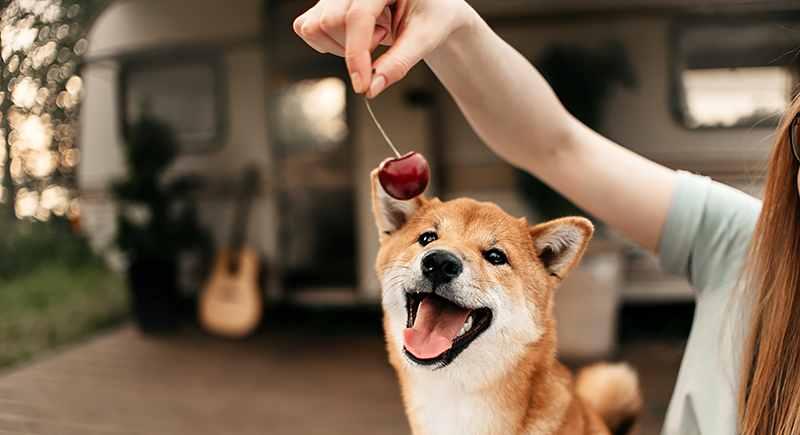
Credit: iStockphoto
Beneath the cherry’s sweet exterior lies cyanide in their pits and a risk of respiratory failure, a deceptive danger in a small package.
Mushrooms: Foraging Foes
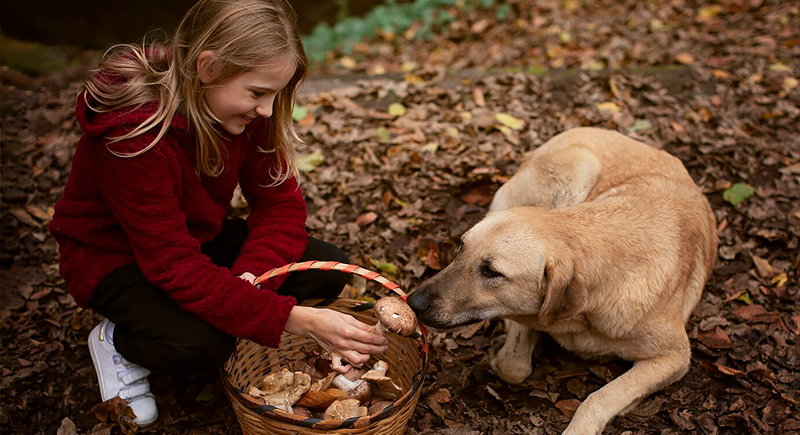
Credit: freepik
While a forest find might be a culinary adventure for humans, for pets, certain mushrooms can be deadly, causing severe symptoms from liver failure to death.
Tomatoes: Green with Danger
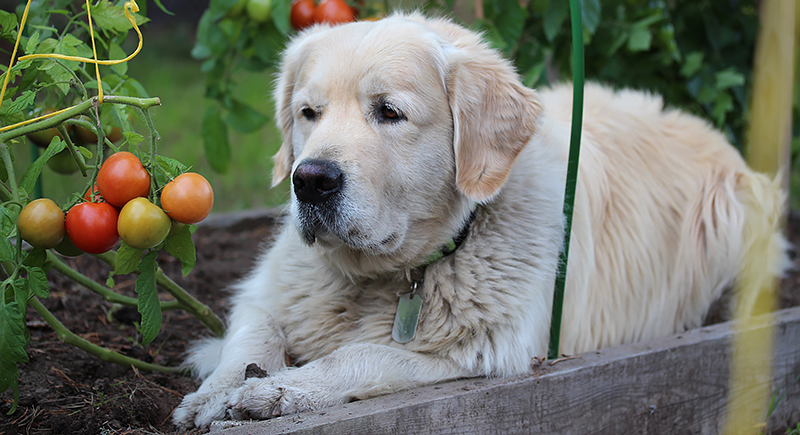
Credit: iStockphoto
The green parts of a tomato plant conceal solanine, a toxin that spells trouble for pets, proving that not all garden produce is pet-friendly.